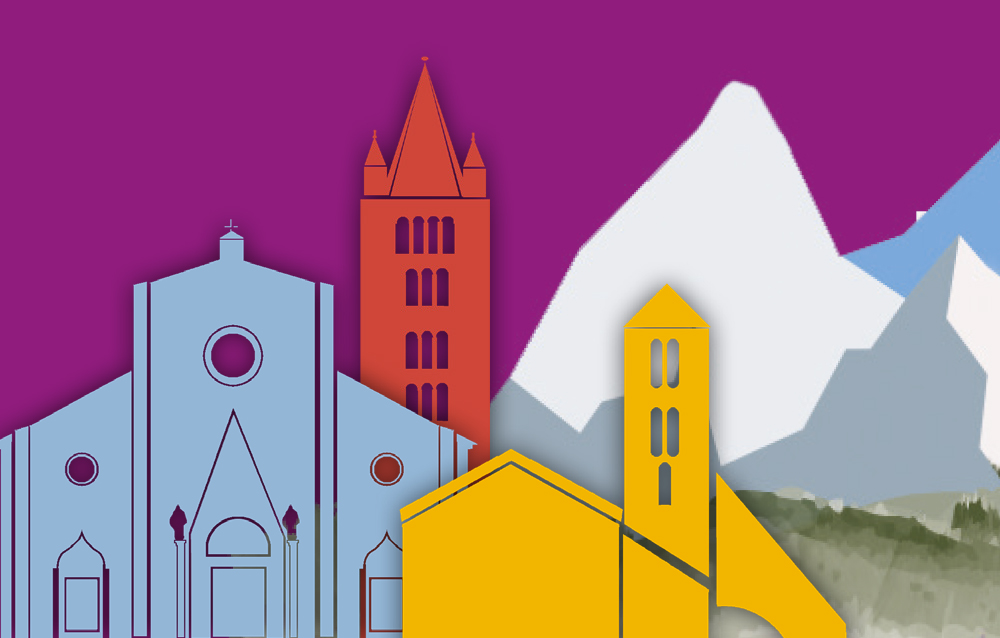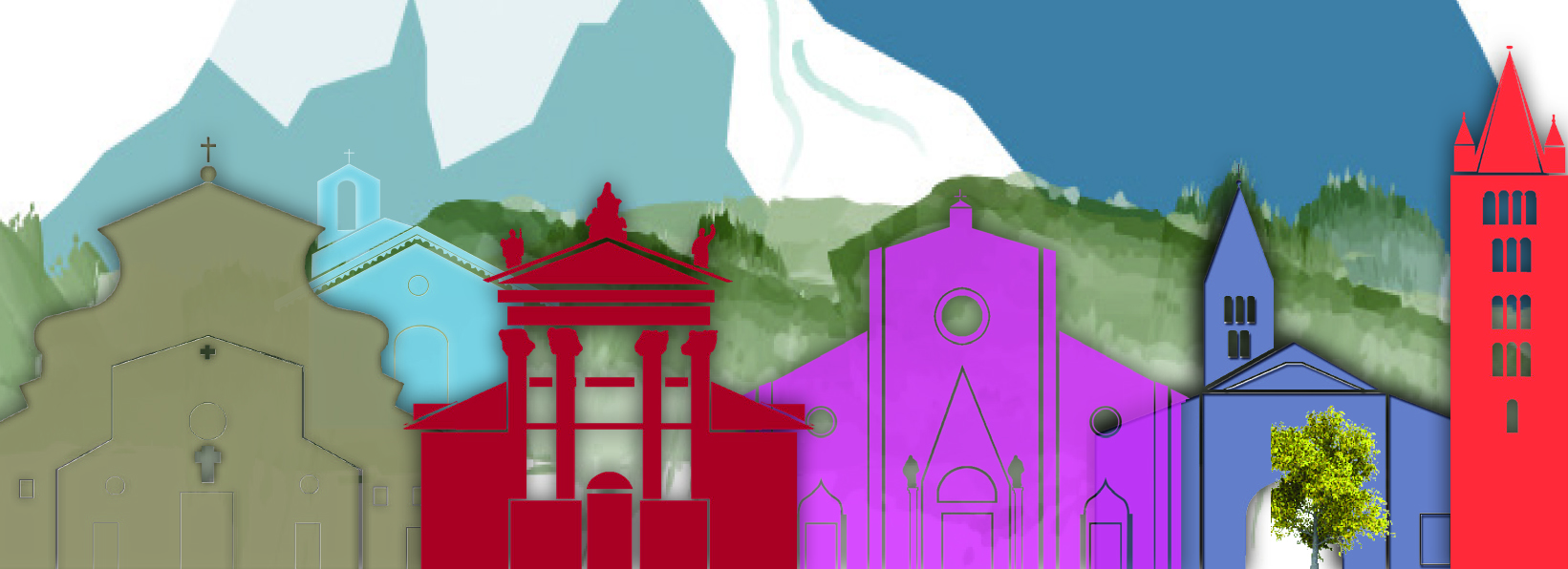Project PITEM Pa.Ce
(Interreg ALCOTRA 2014-2020 Italy – France, interregional cooperation)

The thematic project PITEM Pa.Ce was financed under the Italy-France Cross-Border Cooperation Program ALCOTRA 2014-2020, Axis III. It consists of three individual projects:
- “Salvaguardare”(Safeguard): with the main objective of increasing sustainable tourism in the ALCOTRA area, optimizing heritage conservation strategies.
- “Scoprire per Promuovere” (Discover to Promote: dedicated to the use of data collected from the "Salvaguardare" project and the initiation of participatory activities throughout the territory.
- “Diffondere la conoscenza” (Spread Knowledge): dedicated to the inventory, collection, and enhancement of both tangible and intangible heritage, aiming to create thematic routes linked to different historical periods and highlight the uniqueness and attractions of the territories.
Country/Area
Europe
Period of performance
2019-2022
Duration
4 years
Scope
Development
Client/Partner/Coordinator
- Autonomous Region of Valle d’Aosta Department for Tourism, Sport, Commerce, Agriculture and Cultural Heritage,
- Department for Cultural Heritage and Activities – Structure for Scientific Analysis and Co-financed Projects,
- Region of Piedmont,
- ‘La Venaria Reale’ Conservation and Restoration Centre,
- Metropolitan City of Turin,
- Liguria Region – Culture and Entertainment Sector,
- GIP FIPAN – Rectorat de Nice Pôle RDI Recherche Développement Innovation,
- Département de la Haute-Savoie – Pôle Culture et Patrimoine, Département de la Savoie – Direction des archives, du patrimoine et des musées,
- Département des Alpes de Haute-Provence,
- Musée de Préhistoire des gorges du Verdon
- Ille de Nice – Direction des Bibliothèques
The CCR operated within the first two individual projects by developing informational and outreach paths about the figures, work, and techniques of local conservators/restorers in art history, through the narration of restorations carried out on cross-border heritage. It participated in the development of professional and higher education training courses on topics related to preventive conservation, heritage monitoring, maintenance, and remote monitoring. It contributed to the implementation of remote monitoring campaigns and protocols, the definition of shared parameters and protocols, databases, infrastructure, and computerized systems.
THE PATHS






















